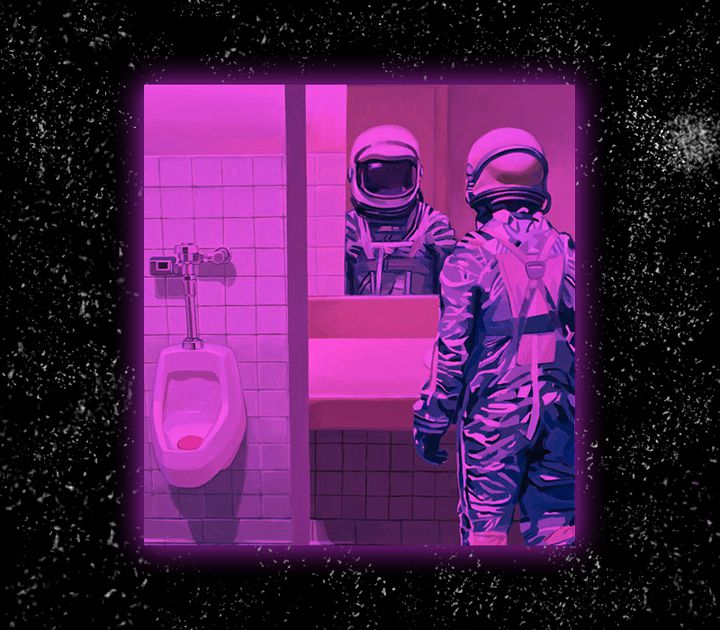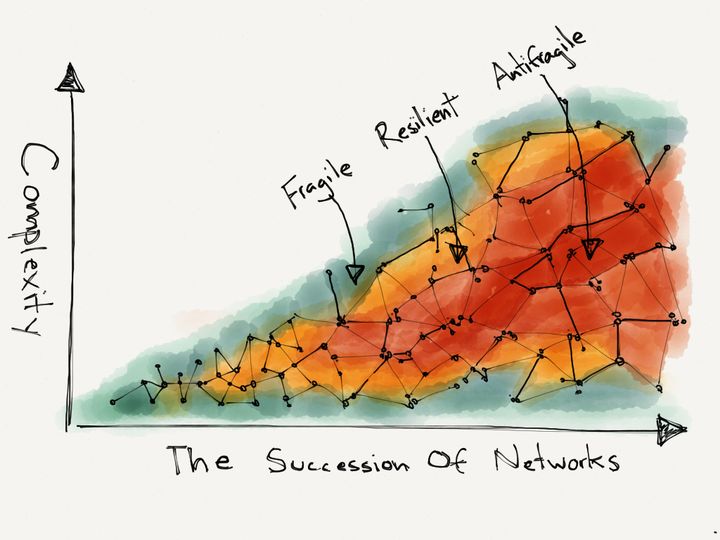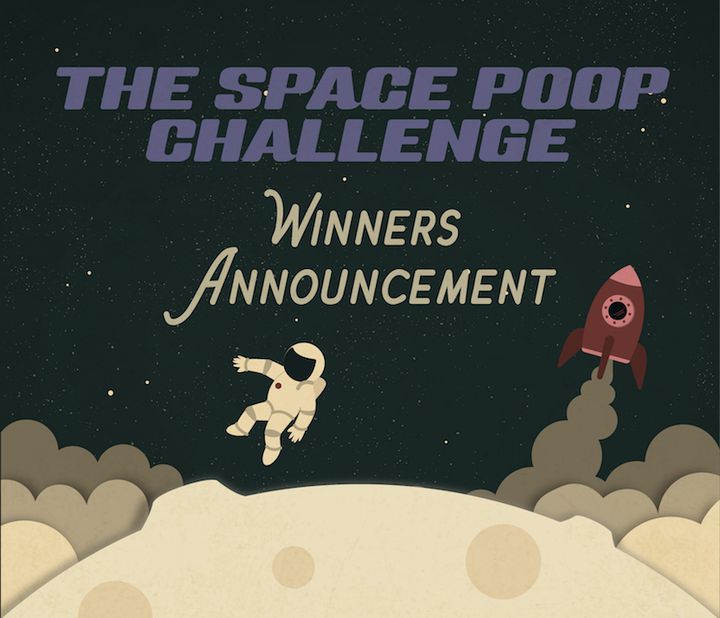
A submarine on a moon of Saturn? While still a wild idea, there's some funding into hoping it's a reality. NASA recently released its Phase II proposals for its NASA Innovative Advanced Concepts program, which basically funds far-out ideas with a little money to see if they can be moved to the next stage.
Titan is a swampy, soupy world that is full of liquid fuel (hydrocarbons) and is believed to possess a chemistry that could be a precursor to life. What excites scientists about it is it has a liquid cycle similar to Earth's water cycle -- you know, the process by which water moves from the atmosphere into the ground and then back to the atmosphere again. That makes Titan unique among the solar system's moons (as far as we know.)
We've only done a little exploring of it so far. The Cassini mission makes regular flybys of the moon, and about 10 years ago it deployed a small lander (called Huygens) that descended to the surface and sent back data for a couple of hours. But a submarine idea would last for longer and potentially have more return.
“The mission concept will investigate a full spectrum of oceanographic phenomena: chemical composition of the liquid, surface and subsurface currents, mixing and layering in the “water” column, tides, wind and waves, bathymetry, and bottom features and composition,” said team member Steve Oleson in a statement.
“Measurements of all these aspects of Titan’s hydrocarbon ocean environment can only be made through focused exploration with a well-instrumented craft," added Oleson, who is a member of NASA's COMPASS Lab (Collaborative Modeling for Parametric Assessment of Space Systems).
The Titan mission and six other far-out ideas were recently granted $500,000 each in funding under the NIAC program. So this gives them a few more rounds of research to figure out how to advance the concept to maybe someday, in a few decades, do something really crazy by today's standards. But why does sending a robot so far away matter for us here on Earth?
In a few words, it's because it pushes the envelope. A robot working in Saturn's neighborhood will need to have a lot of autonomous technology on board. It will have to pick out the most important things to observe without the help of humans (who are many light-hours away in communication, due to the distance.) And it will have to learn how to solve problems for itself, such as running into the sand and getting stuck.
Do you have an idea for how to make robots even better? Submit a HeroX Challenge and tell us about it.
Top image: A submarine sailing on Titan's seas. Credit: NASA








